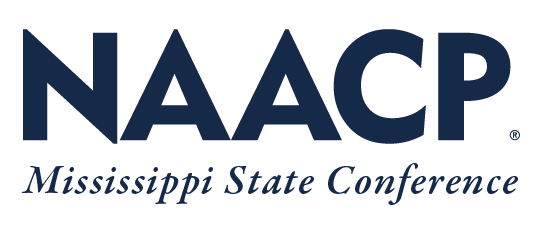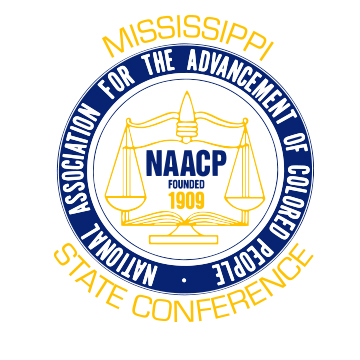How to Solve the Policing Crisis
2015/01/05 – Community policing is expensive and, in an era of budget cuts, increasingly rare. It’s also essential to fixing the relationship between police and the communities they serve. Pittsburgh police chief Cameron McLay angered some police officers and pleasantly surprised their critics when he was photographed last week holding a protester’s sign that read, “I resolve to challenge white racism @ work.”
Though McLay’s gesture should not be discounted, it is likely to do little to address the systemic lack of trust that exists in his city and others between law enforcement and the communities they serve. And not simply because of high profile tragedies like the deaths of Eric Garner and Tamir Rice, but because of the countless negative experiences many, particularly those in communities of color, have had with police in their own lives. For many of them, the deaths of Garner and Rice were merely the straw that broke the camel’s back.
Bridging the divide between the police and those who distrust them will take more than protests and symbolic gestures. For starters, it will require a serious long-term investment in programs that help ensure that citizens interact with law enforcement beyond those moments when the police are investigating them or investigating a crime affecting them. More specifically, it means a shift in focus and resources from traditional law and order policing to what is sometimes dismissed as a too-costly approach to criminal justice: community policing.
The leading researchers on the subject, Robert Trojanowicz and Bonnie Bucqeroux, explained community policing as a “philosophy of policing based on the concept that police officers and private citizens working together in creative ways can help solve contemporary community problems related to crime, fear of crime, social and physical disorder, and neighborhood decay. The philosophy… requires that police departments develop a new relationship with the law-abiding people in the community, allowing them a greater voice in setting local priorities, and involving them in efforts to improve the overall quality of life in their neighborhoods.” Or as a 1994 report proclaimed, “Effective community policing depends on optimizing positive contact between patrol officers andcommunity members.”
These are really just fancy ways of saying that community policing entails those law enforcement programs that don’t just involve sirens and handcuffs.
Police officers coordinating with neighborhood watch groups, educating kids and teens about the dangers of drugs and texting while driving, and holding community meetings in which they meet with residents to discuss specific concerns all fall under the umbrella of community policing. And that means they also fall under the umbrella of programs most likely to get the axe when state and federal budgets are tight.
In the eyes of many legislators, and plenty of taxpayers too, justifying police officers spending time at community meetings can seem tough to do when there are crimes to be solved and limited time and tax dollars with which to solve them.
But in 2011, the Department of Justice released prescient report predicting that cutting back on community policing programs would hurt communities in the long run. The report concluded that, “The three tenets of community policing—community partnerships, organizational transformation, and problem solving—are of increased importance when facing budget cuts that reduce the number of officers on the streets.” Yet the report also found that 39 percent of departments surveyed had to cut back on aspects community policing due to budget constraintslingering from the economic downturn.
So why does this matter?
Well, consider this: If the only interactions someone has had with the police throughout his life have been negative, then how can we expect that person to have a positive view of the police? For those living in poor communities in particular, interactions with police rarely come with good news and a smile. Either you or someone you are related to or are friends with is being stopped, frisked or arrested, or you or someone you know has been the victim of a crime.
This is why community policing programs are so important. They allow members of law enforcement to build genuine, ongoing relationships with members of the communities they are seeking to serve, and more important to establish dialogue and trust. Gutting such programs is on par with continuing to fund treatments for diseases caused by smoking but remaining silent about the dangers of smoking itself. You render one solution moot by ignoring the other.
The need for increased community policing is more urgent than ever before. According to a recent NBC Marist Poll, 82 percent of African Americans believe that police apply different standards based on race, but approximately half of whites believe the opposite. Gallup’s analysis of data from 2011-2014 found an ever-present divide between blacks and whites when it comes to views of the police, and that “59 percent of whites have a great deal or quite a lot of confidence in the police, compared with 37 percent of blacks.”
Similarly, a recent NPR report covered the challenges many police departments are having recruiting officers of color. But what many of the discussions of this growing divide fail to acknowledge is that the divide itself emerged long before the deaths of Eric Garner or Michael Brown or Tamir Rice.
For many it began in childhood when the first time they saw a police car and a police officer was when he or she came bearing bad news. If we want that to change, then all of us have to encourage our legislators to make funding community policing a priority. Then we all have to do our part to engage the officers and our community, and hold everyone accountable in the process.
Source: The Daily Beast



